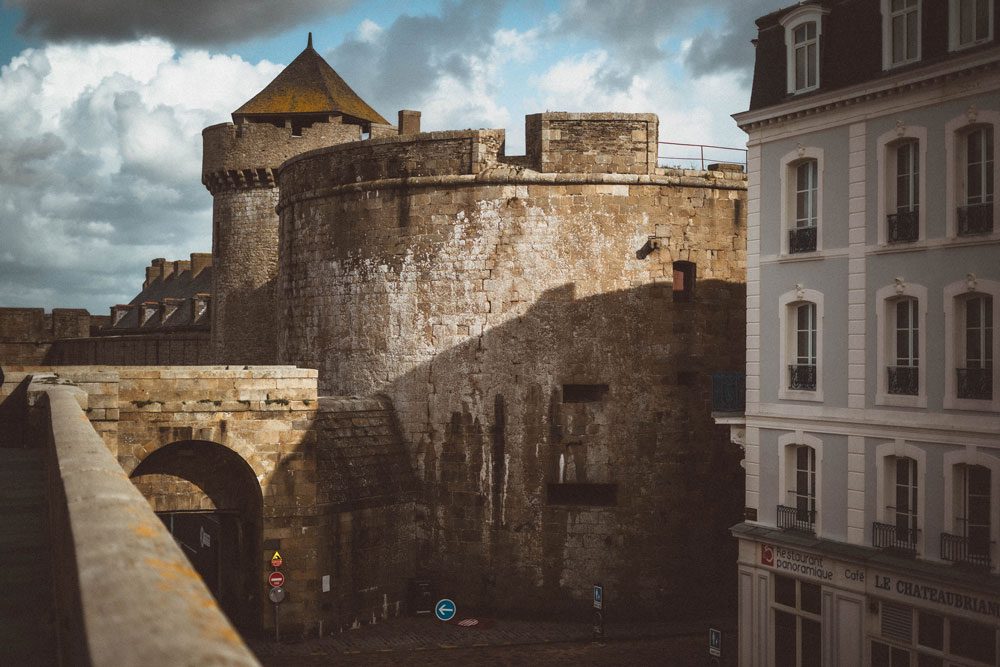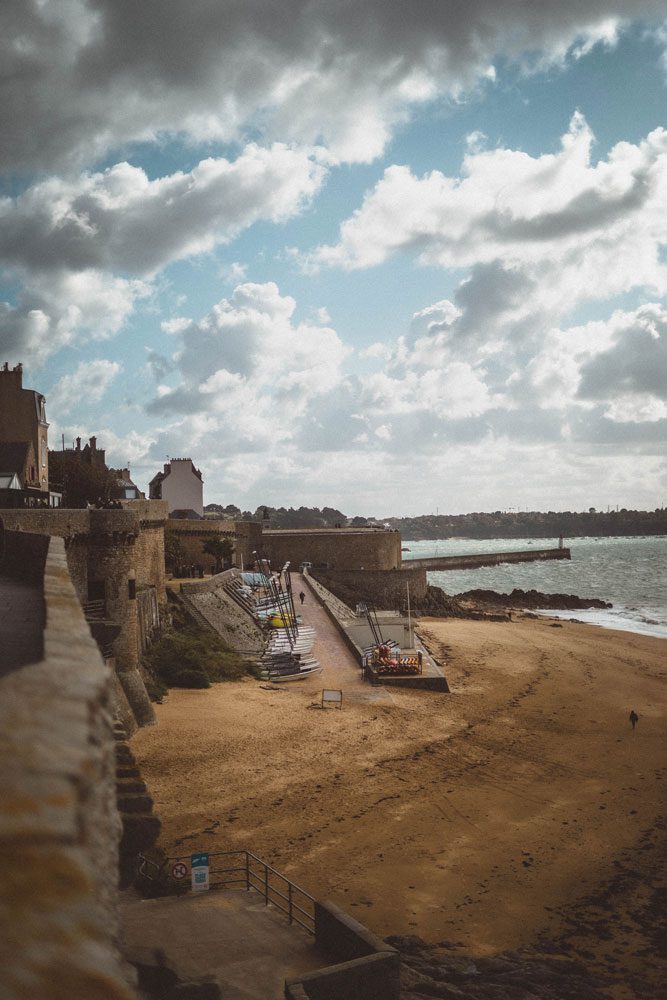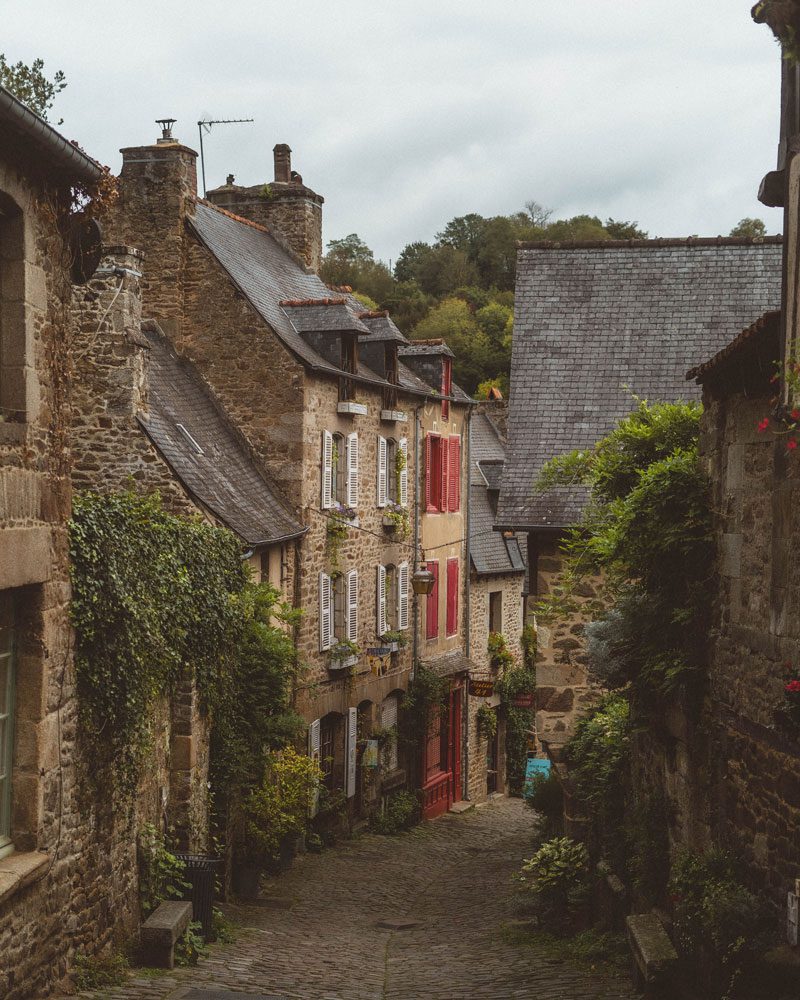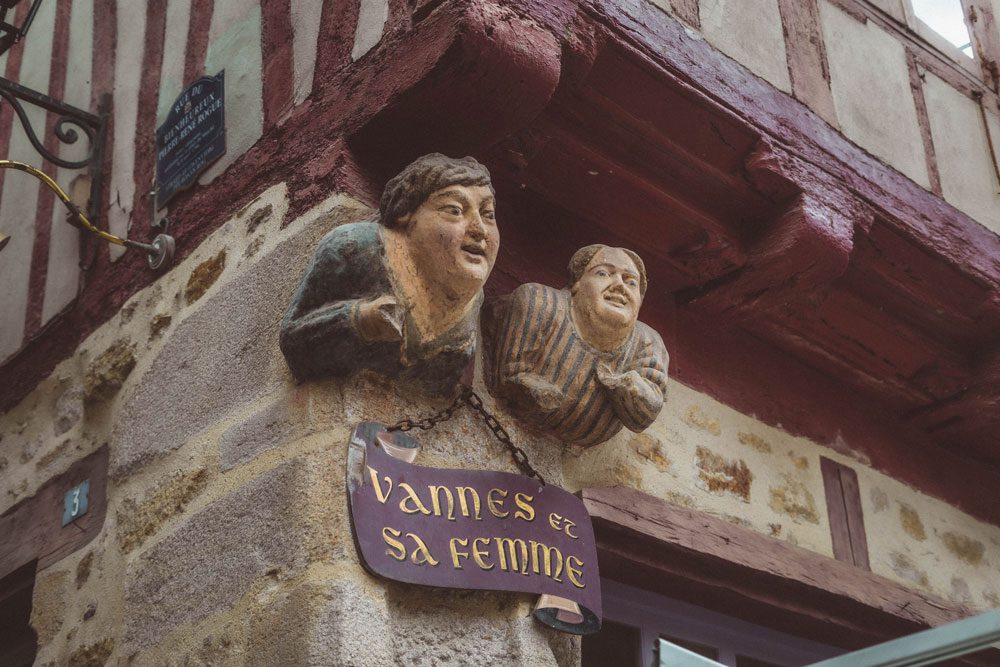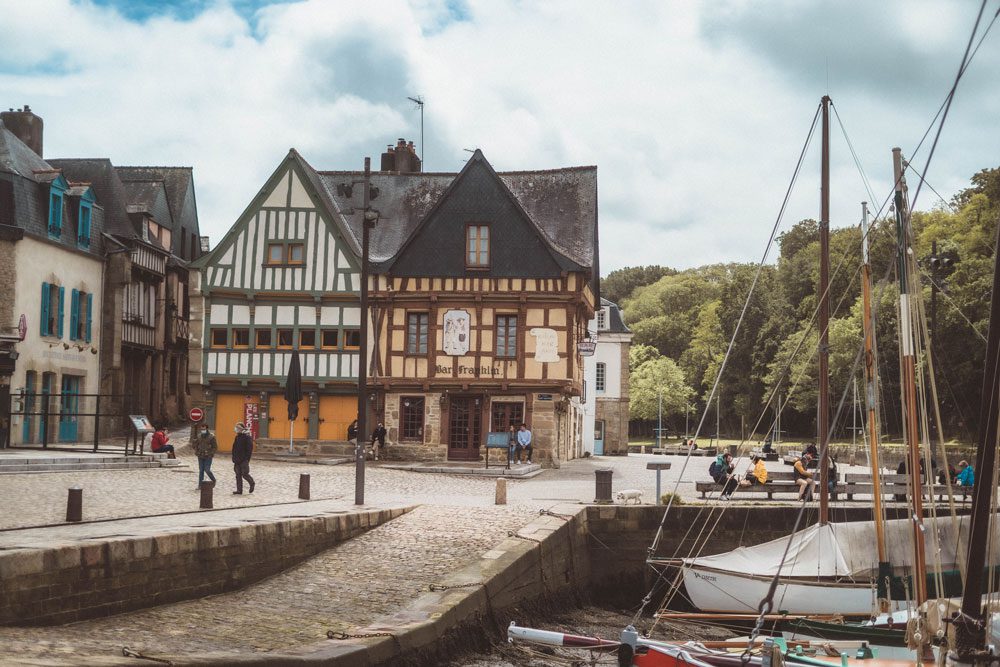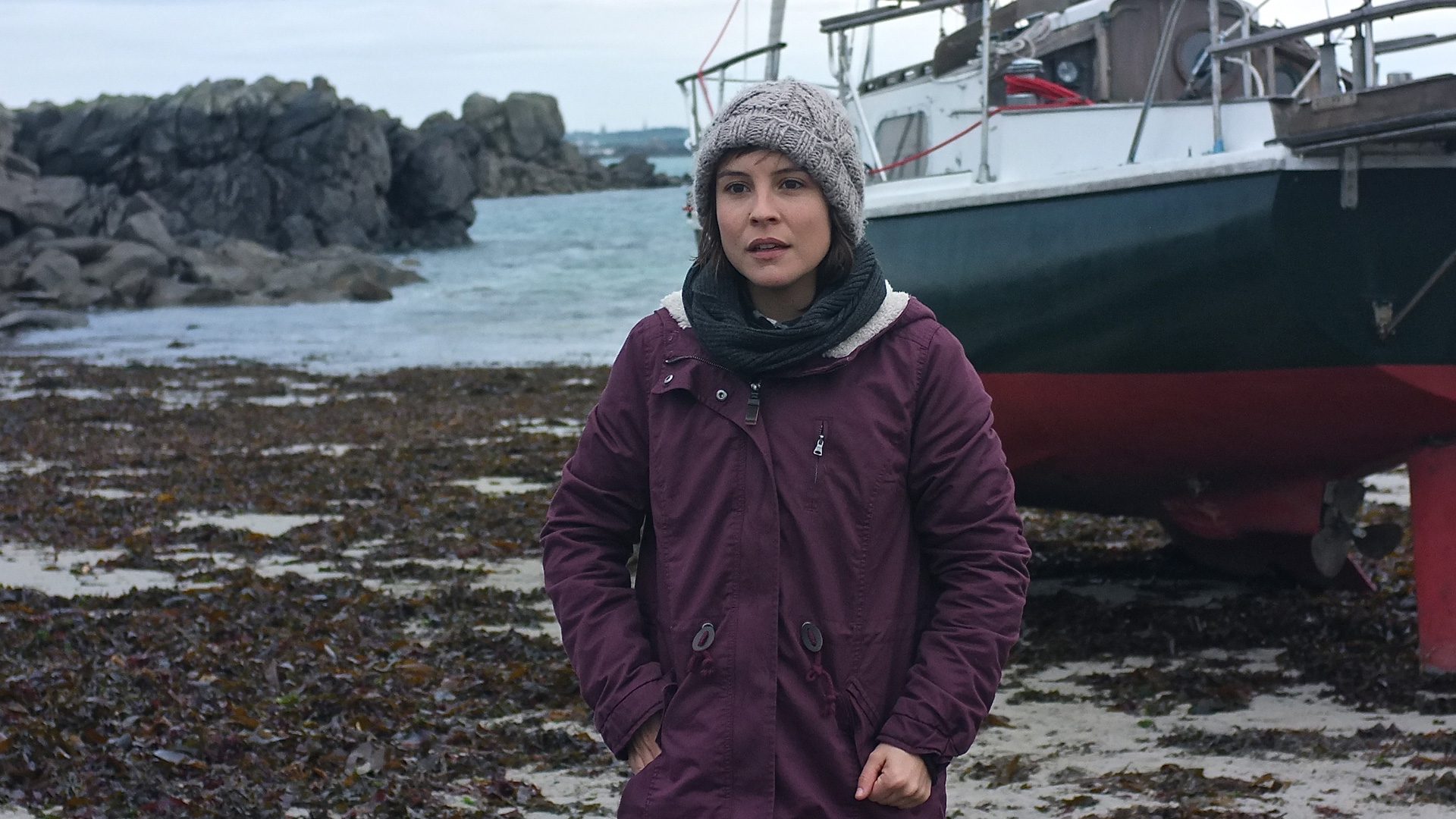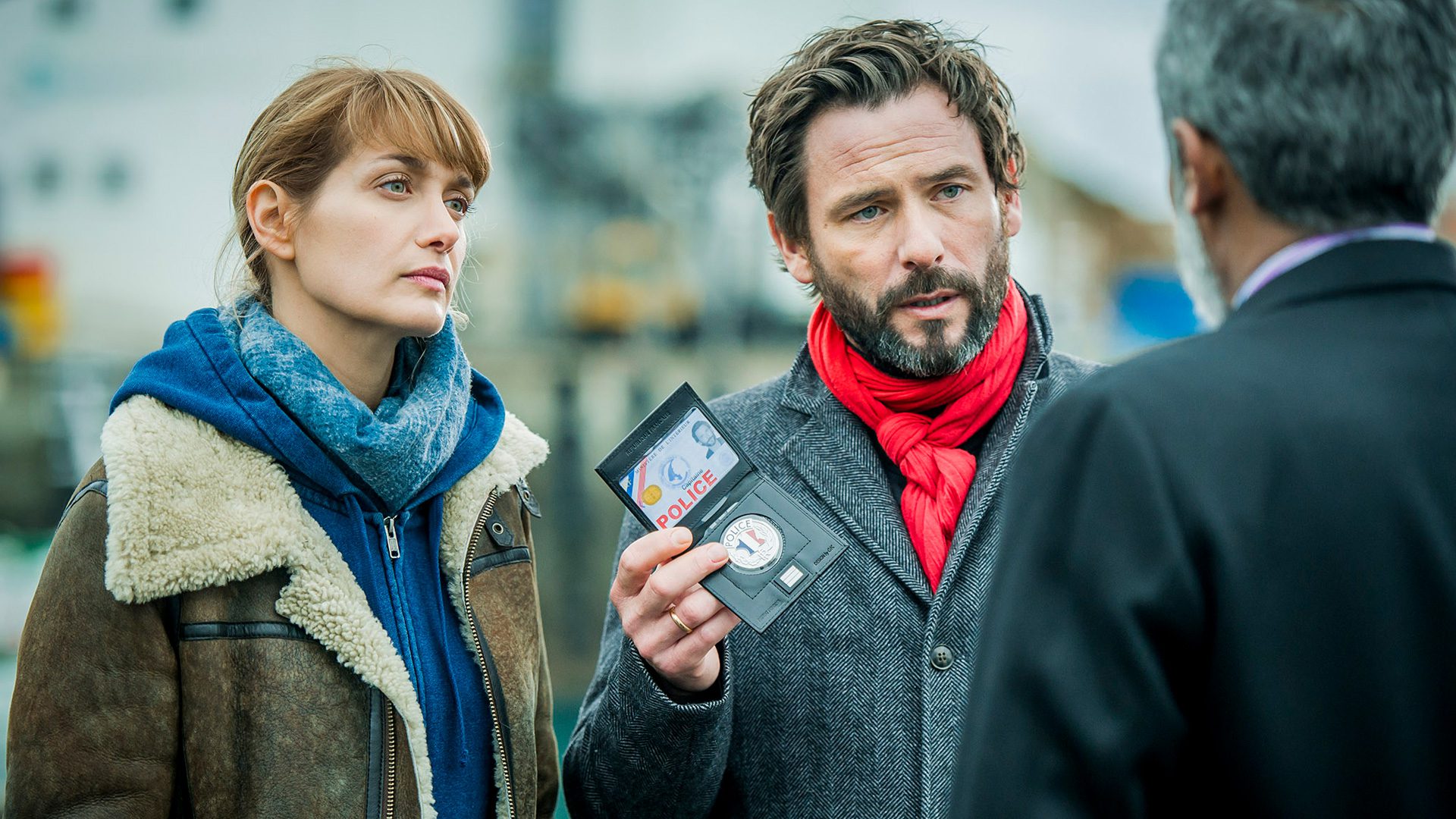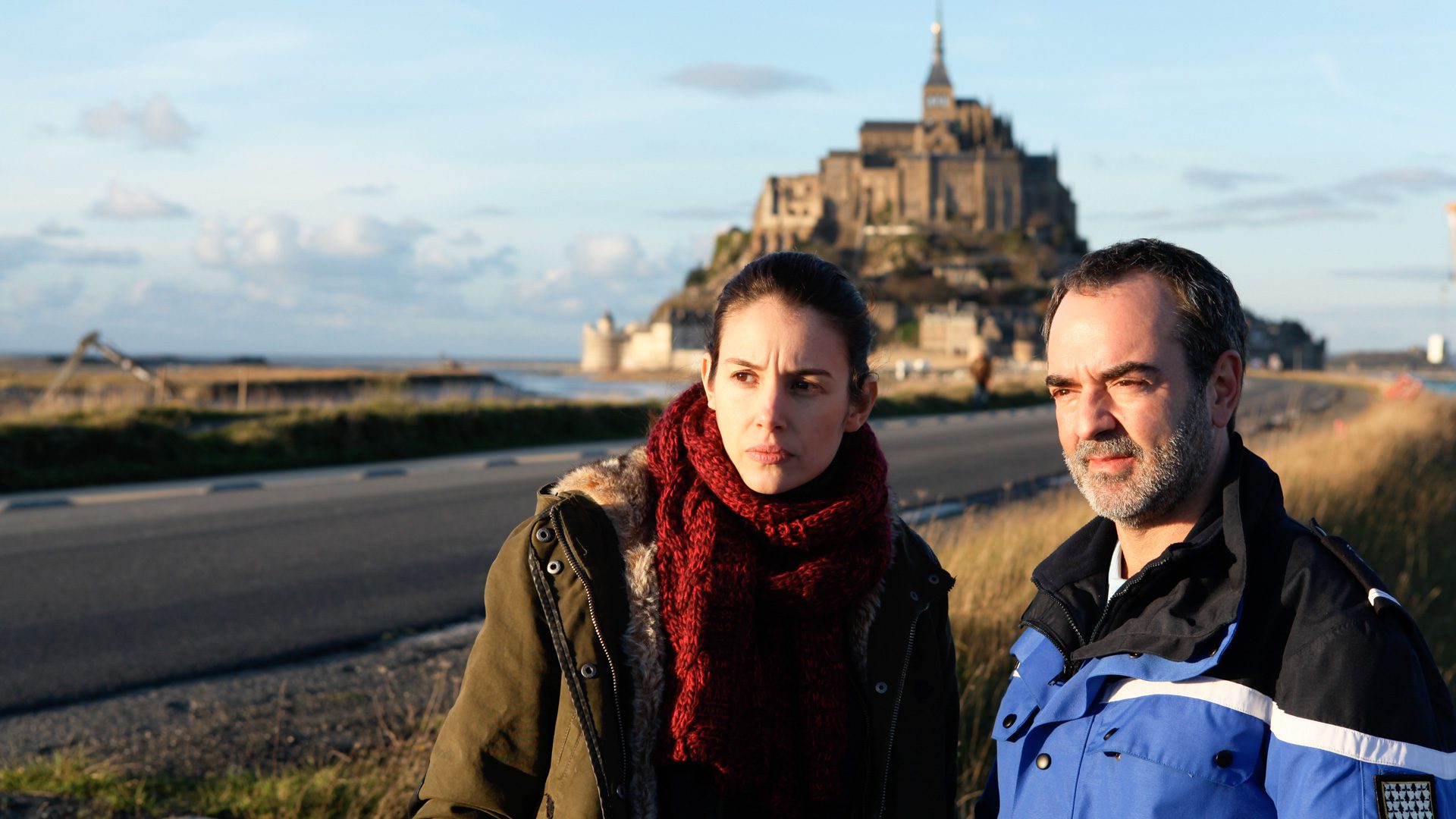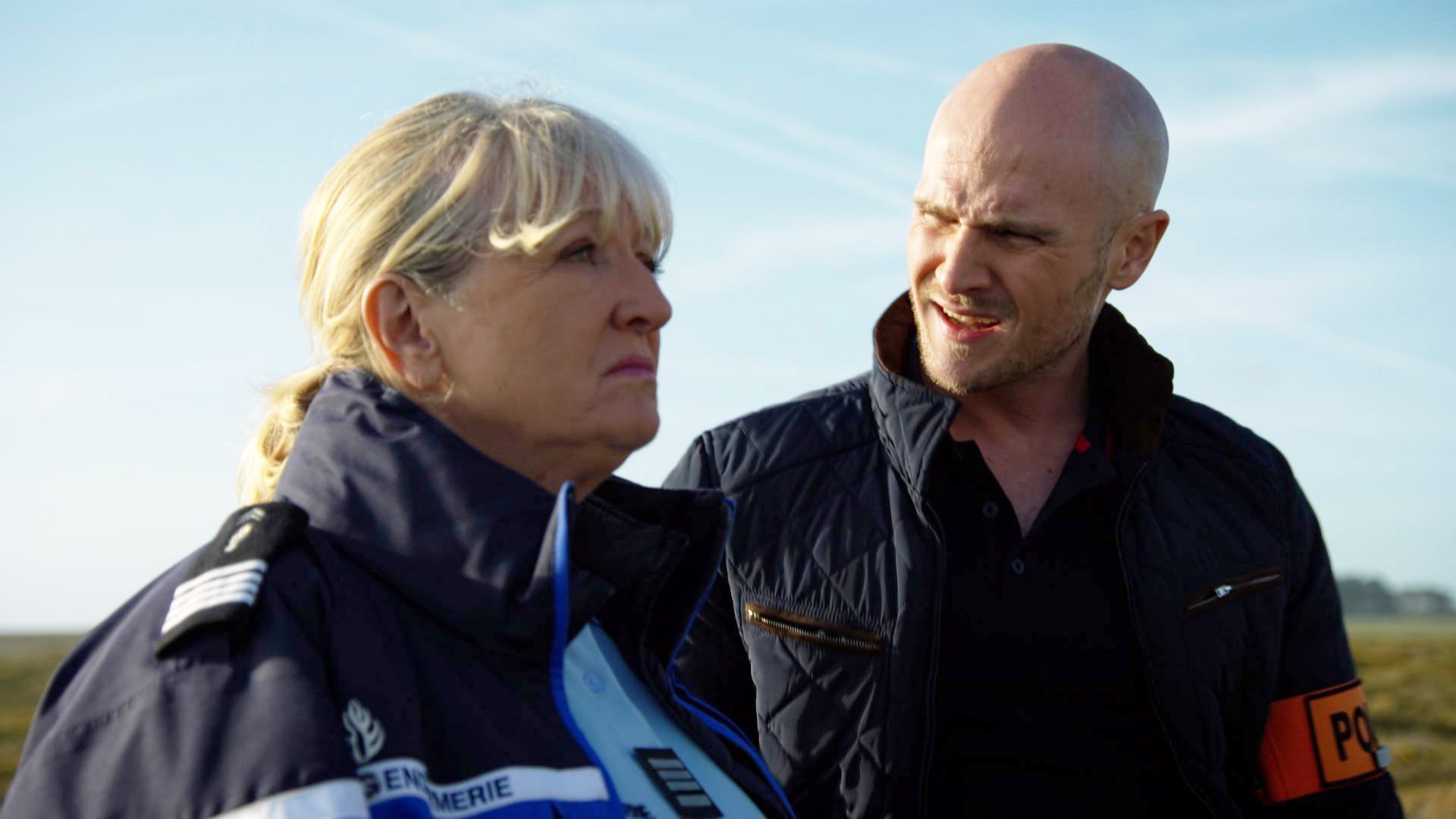
Brittany is a wild and windswept region in Northwestern France that’s best-known for its medieval fishing villages, rugged coastline, and its fierce independence from the rest of l’Hexagone.
So whether you’re in search of historic towns, crumbling ruins, or looking to delve deep into myth and legend, Brittany has all this and more to offer even the most discerning of visitors. Read on to discover some of the best hidden gems of Brittany you won’t want to miss on any trip to the French Region…
Please note that Brittany is known as ‘Bretagne’ in French. The capital of the region is Rennes, a timber-framed house laden city which boasts plenty of vestiges of its past grandeur in its Grand Gothic Cathedral, historic city center, and strategic position alongside the River Vilaine.
What is Brittany known for?
Brittany is most famous for its Neolithic Heritage, with cairns, stone alignments, and well-preserved tumuli to be found in abundance. The region is also a gastronomic hub, with particular specialties including, but not limited to, seafood inspired dishes, melt in your mouth pastries, and fresh from the farm fruits and vegetables.
Some of the most visited attractions in Brittany include the Alignments of Carnac, the forest of Paimpont, and Cap Fréhel. Visitors to the region should also note that there is a fierce debate as to whether Mont Saint Michel should be owned by Normandy or by Brittany. After all, its history is inextricably interlinked with the two regions, side by side throughout history, but always separated by a fierce rivalry.
Far from the bright lights of Paris and the sun-baked vineyards of Provence, Brittany is so far removed from the rest of France that it only became part of the country in 1532. Today, Brittany retains its own culture, and even its own language, that of Breton. Those who want to listen to a little of the language for themselves would do well to watch the mini-series Fin Ar Bed, which is now streaming on MHz Choice.
Hidden Gems and Must-Sees of Brittany
The Walls of Saint-Malo
Of course, no one could quite count the imposing walled city of Saint-Malo as a ‘hidden gem’ of Brittany by any stretch of the imagination. However, the Breton town merits a place in this guide nonetheless, if only because of the many secrets it holds within its fortified walls.
Featured in the Murder In… season 4 episode of Saint-Malo, the town sits on the peak of a peninsula, almost entirely surrounded by the sea. In times gone by, this would have added an extra layer of protection to the town as it is of course much harder to invade a place via crashing waves than via fairly flat farmland, such is and was the landscape in what is now the department of Ille et Vilaine. It was also partially the reason why so many corsairs (a fancy name for pirates sponsored by the State) chose to base themselves in Saint-Malo during the Middle Ages.
Today, Saint-Malo is one of the most visited destinations in Brittany and traces of its rich history can be found walking along the historic granite ramparts, visiting the 12th-century Gothic cathedral, and taking day trips to nearby medieval villages, including Cancale.
The fishing port of Cancale is easily reached by car or bus from Saint-Malo and is somewhat off the beaten path. Lying along the Emerald Coast (Côte d’Émeraude in French), the little settlement is particularly beloved for its oysters, which were once fit for a king. Indeed, in the 17th-century, Louis XIV (the Sun King) sent for oysters to be brought via special delivery to his Versailles Palace twice a week from Cancale.
While nearby Saint-Malo has always been a strategic military point, used to control the River Rance, Cancale began as a small fishing settlement and remains so to this day. Truth be told, the real joy of Cancale is found in sitting on one of the little terraces overlooking the sea, drinking a glass of French wine, sampling the local seafood, and simply watching the world go by.
Speaking of food, Saint Malo itself also happens to be home to one of those gastronomic delights I mentioned earlier, including Le Beurre Bordier. The illustrious creamery was founded in 1927 and its store is encased within the fortified ramparts, which tower over twenty meters in height in some places.
The shop serves up delicious creamy butter in all sorts of unexpected flavors. As well as piment d’espelette (a kind of chili pepper originating from the southwest of France) and truffle, seasonal flavors include yuzu and even raspberry! Though the original store is located within the heart of historic Saint-Malo, many other places sell Le Beurre Bordier, including the prestigious La Grande Epicerie de Paris.
The Cobbled Lanes of Dinan
Just 30 kilometers to the south of Saint-Malo, Dinan is one of those places that you can’t quite believe still exists, and yet it does. Steeped in history, the town has been inhabited since at least the Neolithic period, though of course all that existed those many millennia ago has long since disappeared.
Nevertheless, the pretty as a postcard vistas of Dinan’s cobblestone streets and 14th-century Chateau date back many centuries and a wander through this Breton town feels akin to stepping back in time.
The medieval town is walled, with many of the fortifications still in such good condition that one of the best ways to view Dinan is by wandering atop of the free to visit ramparts. Another highlight of this Breton gem is to snap photos of and stroll along the largely pedestrianized rue du Jerzual.
This street hasn’t changed much since the Middle Ages; all timber-framed houses and shuttered windows, rue du Jerzual leads down to the port of Dinan, which in turn boasts a myriad of restaurants serving up a variety of locally-inspired dishes (read: plenty of seafood).
Last but not least, a sweet activity that visitors should indulge in is to taste the Kouign-Amann. This flaky pastry originates from Brittany and is baked using plenty of butter and sugar, making it the ultimate taste experience. One of the best places in town to head to for this sweet treat is Boulangerie L´Arome Sucre Dinan, a bakery which also sells Far Breton, a regional cake which is similar in appearance and texture to a clafoutis.
Legend of Ankou
Leaving behind the northern part of the region, it’s time to head west, where the waves are a bit larger, the wind is a bit stronger, and little churches and chapels can be spied marking the points where the gently undulating landscape turns to steep rugged cliff faces as the edge of France meets the turbulent sea.
As referenced in the Land’s End episode of Murder In… (Season 8), one of the more terrifying legends to emerge from Celtic Folklore, and particularly that of Brittany Basse region (the westernmost point of Brittany, and indeed of continental France) is the Legend of Ankou, a kind of Grim Reaper.
Particular to the Breton version of the Celtic legend is that each village has its own Ankou. The mysterious figure changes every year as it is represented by the last soul to have died in the village before the stroke of midnight on the 31st December of the previous year. The poor person’s soul is forced to spend another year on Earth stalking the simple granite churches and graveyards of Brittany.
Those who are interested in ecclesiastical history should take note of several churches, cathedrals, and chapels in Brittany. The first of these is Tréguier Cathedral. Though at a first glance it looks no different from the rest of the many places of worship which dot the Breton landscape, its spire is particularly unique in that it is engraved with hearts and clubs, to represent playing cards.
In the north of Brittany, the Abbey de Beauport is an architectural marvel. The bones of a preserved monastery are attached to a grandiose mansion, all while offering generous views of the sea. Today, both the gardens and monastic ruins can be visited for a small fee. Another church well worth a visit is Cathédrale Saint-Pierre de Vannes, which was constructed over several centuries and features elements of both Gothic and Renaissance styles.
The City of Vannes
Midway between the cities of Quimper and Nantes, the city of Vannes is home to a population of just over 50,000 residents, making it one of the most populous towns in the department of Morbihan. Much like many of the other towns and cities in the region, Vannes boasts timber-framed façades and little cobbled lanes in abundance.
To reach the cathedral, smattering of museums, and collection of eateries serving up local regional specialties such as seafood and stews (depending on the season you visit), you’ll have to pass through one of the city’s historic gates.
Much like Dinan and Saint-Malo, Vannes too has well-preserved ramparts, some of which can be climbed for a greater view of the city. The view from the Tour du Connétable is a particular favorite of mine.
Other highlights of Vannes include the rather amusing carving of ‘Vannes et sa Femme’ (a carving of the head of a man and woman which has since become the symbol of the town), seeing the well-preserved lavoir (old covered washhouse), and visiting the market at Place des Lices on a Wednesday or Saturday morning throughout the year.
Port of Saint Goustan in Auray
One of the most charming ports in the entirety of France is to be found tucked away on the Southern Coast of Brittany, just a short drive away from Vannes in the form of Saint Goustan. The port was once a fishing village in its own right but has long since been incorporated into the larger town of Auray.
Not only is this medieval port quaint to look at, but it’s also steeped in history. In 1776, Benjamin Franklin was meant to dock in Nantes in order to gain help from Louis XVI in the Declaration of Independence of the Thirteen American Colonies. Instead, wind and poor weather conditions meant that Franklin’s ship was forced to dock in Saint Goustan.
Today, the port is the perfect place to marvel at tall wooden ships and grab a drink at one of the cafés or bistros to just sit and watch the world go by. L’Armoric is particularly well reviewed and serves up mussels and fries paired against the backdrop of the medieval port.
Port Goustan aside, the rest of Auray is well worth a wander around too, if only to enjoy the timber-framed architecture, wander over the 18th-century bridge which connects the rest of Auray to Saint Goustan, and visit the church of Saint-Saveur d’Auray.
A final note
While this guide could continue for many more paragraphs, there are simply not enough words which can convey the beautiful juxtaposition of the rugged with the mysterious when it comes to Brittany. From stepping back in time via cobbled lanes to feasting on some of France’s greatest gastronomic delights, a taste of the region can be garnered through watching any of the below shows set and shot in Brittany.
Series featuring Brittany on MHz Choice
About the Author
Sophie Nadeau is a British Canadian travel writer currently residing in Paris with her French husband. She has been lucky enough to have lived in several different countries and has run her travel blog, solosophie.com, full time since 2017. With a particular interest in history and culture (especially if there’s a château visit involved), she spends her spare time painting, reading, cooking up vegetarian recipes, spending too much looking up dog photos online, and researching new hidden gems to discover.
